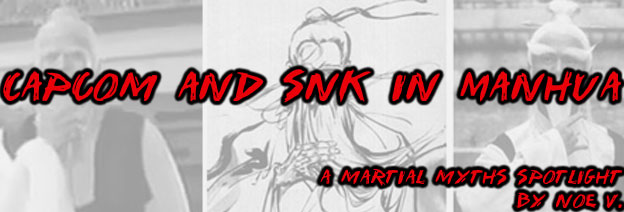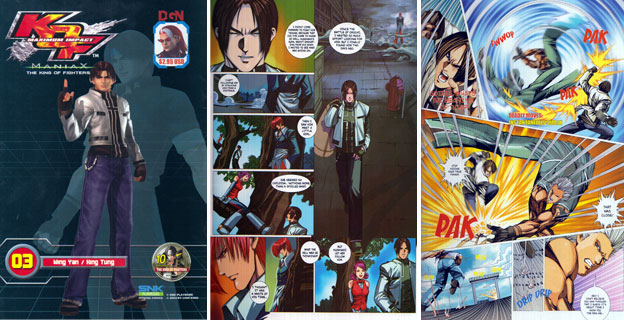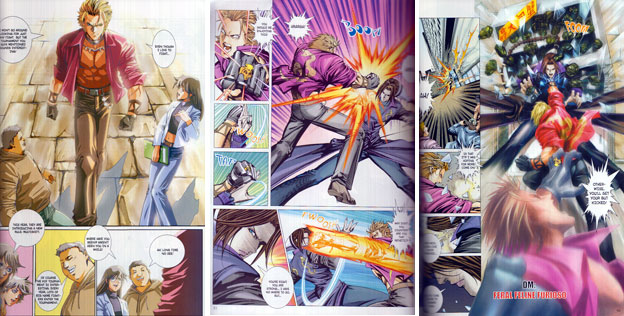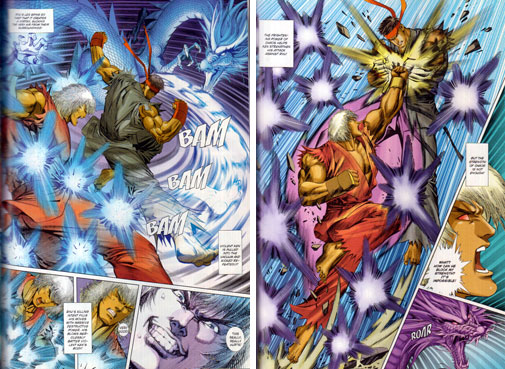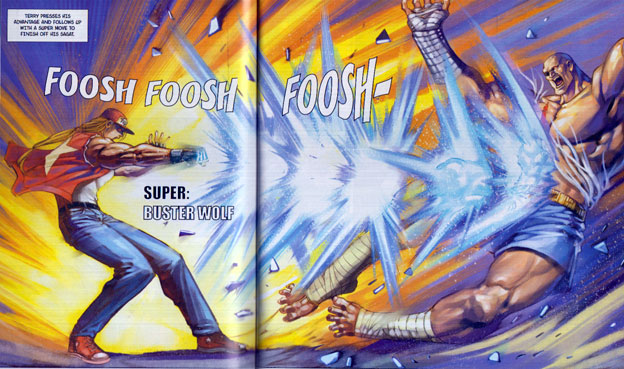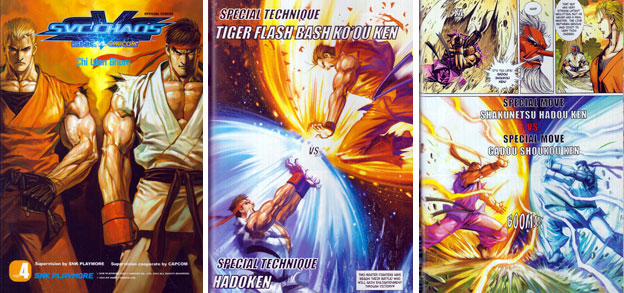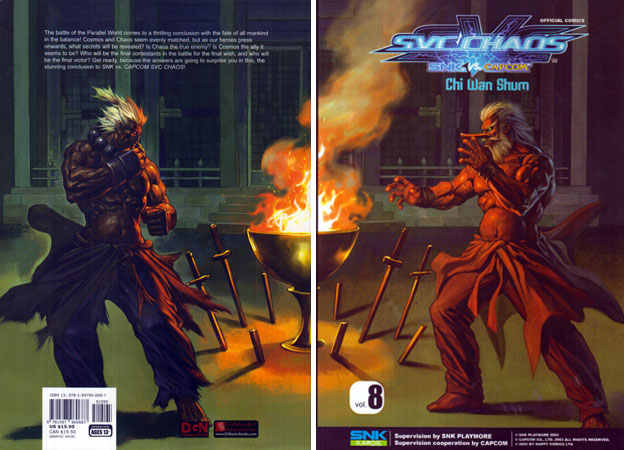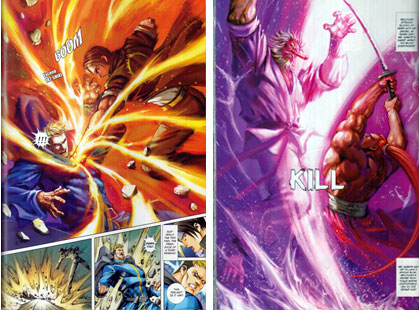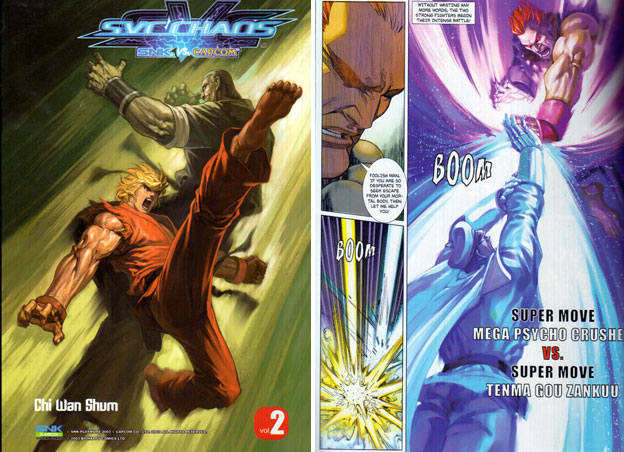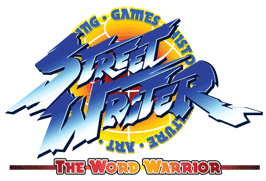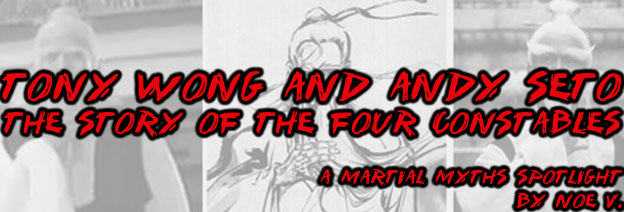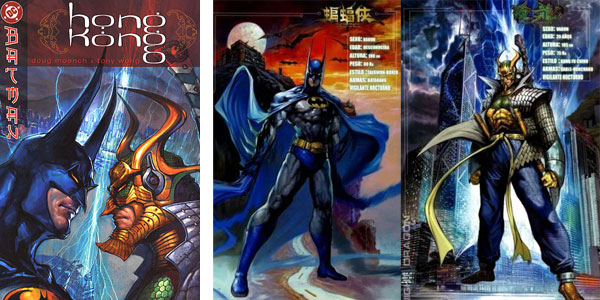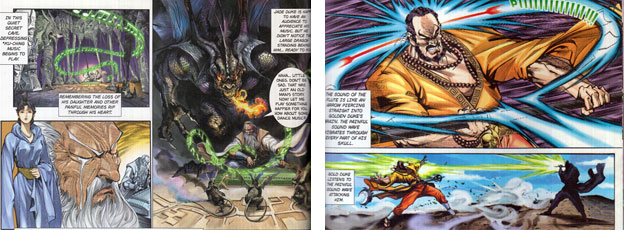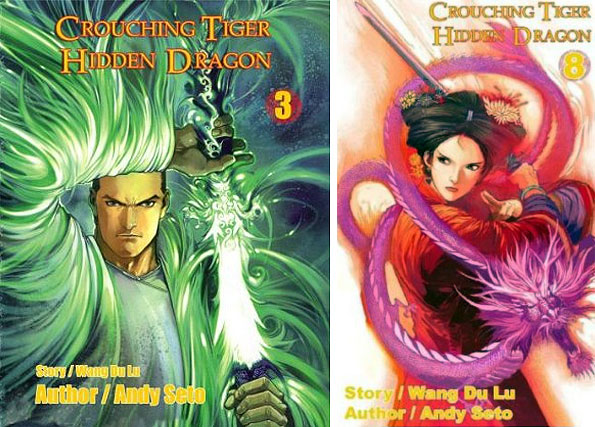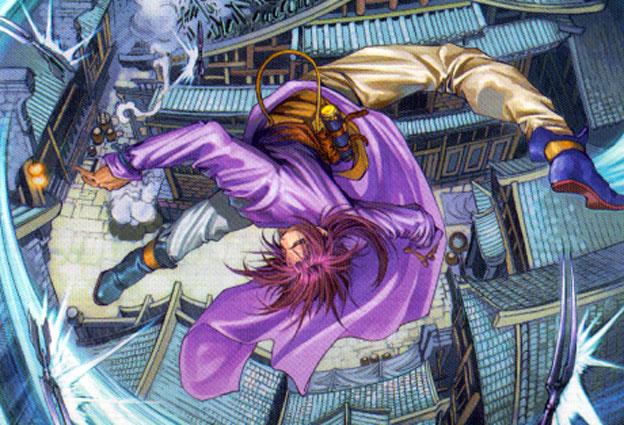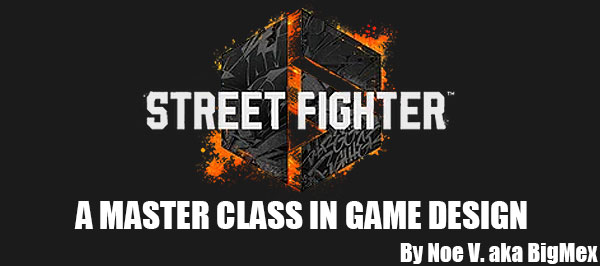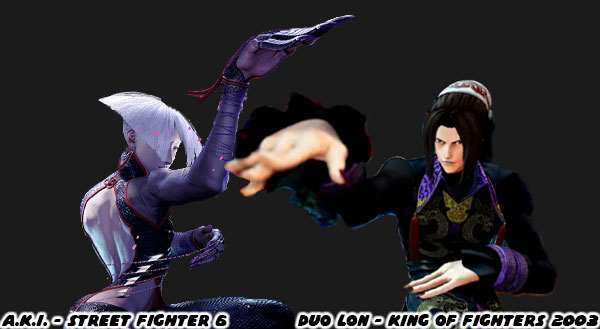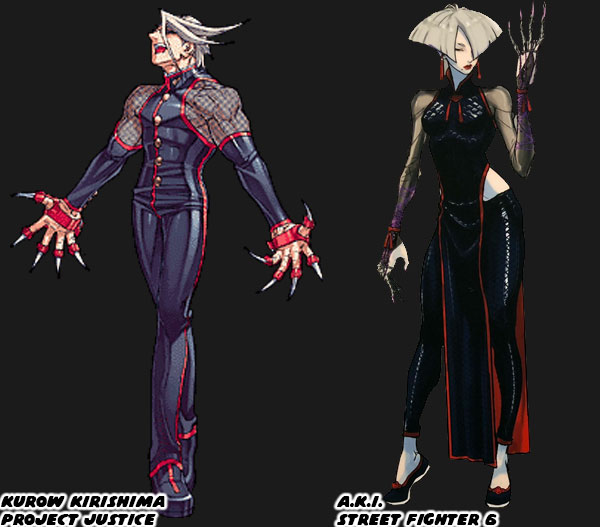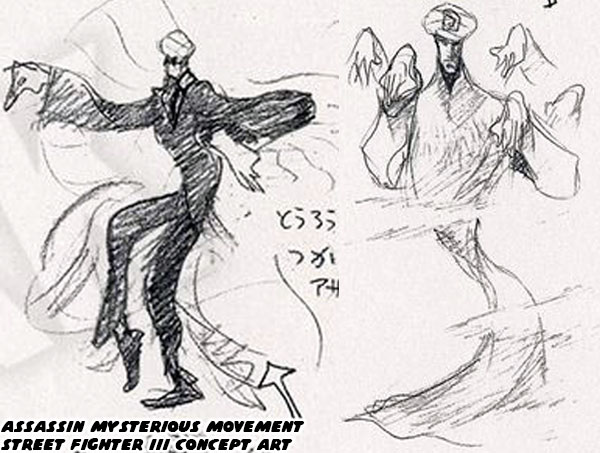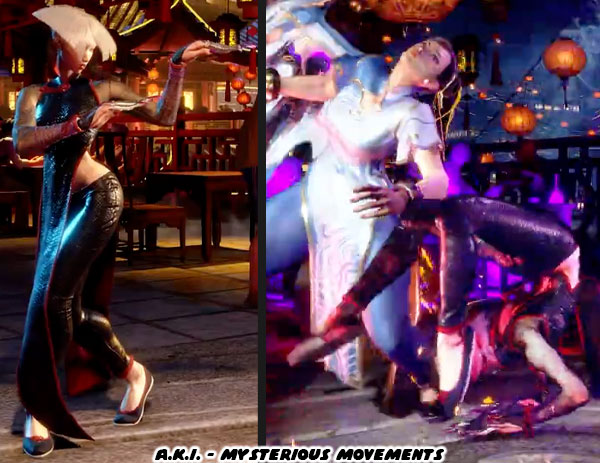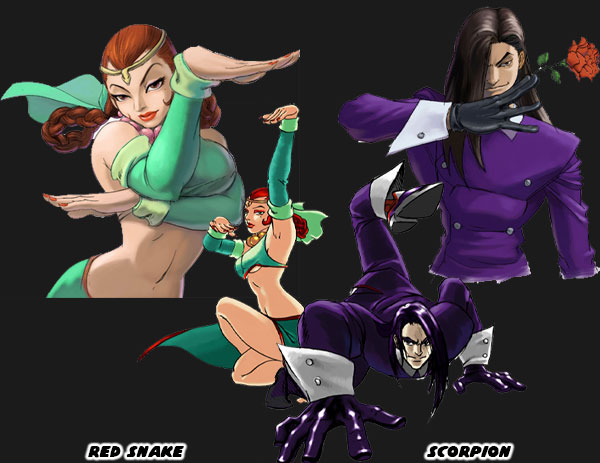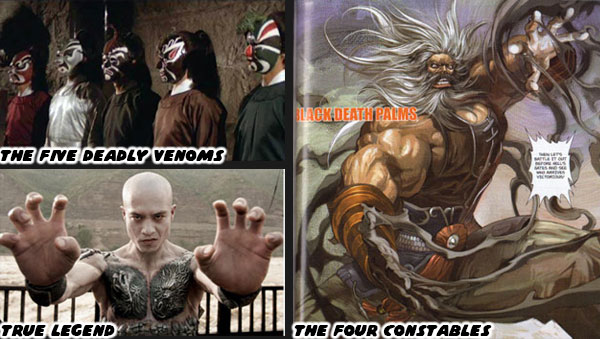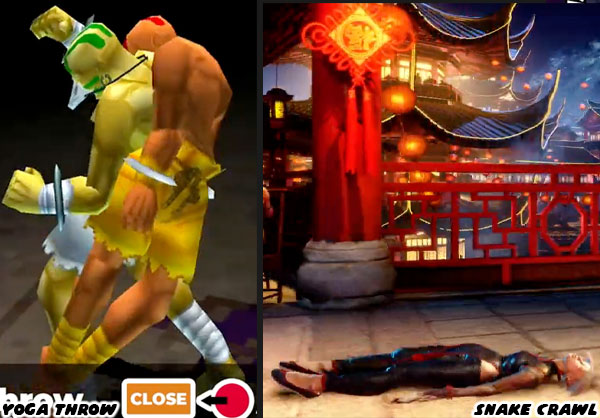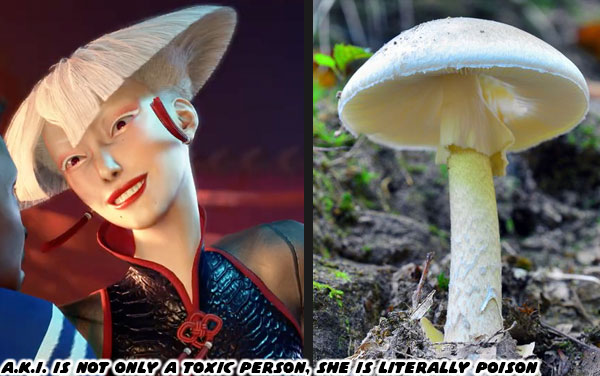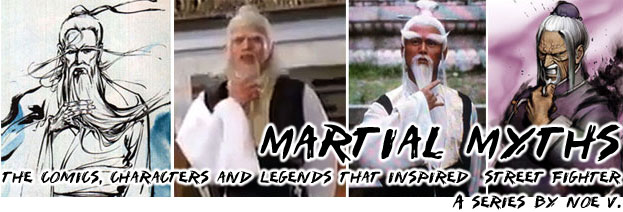
China, and Hong Kong in particular, had a reputation for copying products and ideas and distributing knock-off goods. The martial arts of China had influenced the development of martial arts in Japan. The associated fables and myths of Chinese martial artists had also influenced the legends in Japan. Where influence and inspiration diverged was in popular culture. Chinese manhua had begun taking on the artistic influences of Japanese manga through the 1950's and 60's. In some cases some manhua titles were outright taking character designs right from Japan in unlicensed books. Some manhua titles were even stealing cartoon characters from the US, including popular Marvel, DC and Disney properties. The level of character and art appropriation was shameless. This trend would continue through the 80's before the advent of Street Fighter and well through the 90's as well. Even one of the most original manhua titles, the Iron Marshal, was not free from appropriating designs and photographs as reference material. Compare the stoic Emperor on the cover of Iron Marshal 3 with the Abraham Lincoln statue at the Lincoln memorial in Washington D.C. Or the mask that kung-fu master Supremo wore to the metallic Terminator skull from movie fame. For the purpose of the series this blog will focus on how the manhua exploited the art and design of Street Fighter.

The previous blog had mentioned that the first licensed and unlicensed Street Fighter comics were Chinese. Pop culture was a driving force behind the creation of many copycat, if not outright counterfeit products, including comics. The city of Hong Kong was always striving to be accepted as an international city, one whose influence was as important as New York or London on the global stage. Residents of Hong Kong were very conscious of Western trends and brands. They were always battling to be right on the forefront of every pop movement. When Street Fighter took off in the arcades they were among the first to buy into the series, collecting every licensed and unlicensed product that bore even a passing resemblance to the title. The same things applied to other popular fighting titles, specifically those from SNK.
Even when publishers had worked out license agreements with Capcom and SNK the manhua artists still managed to poach the work of the Japanese designers. It was very apparent in the SVC Chaos series by Chi Wan Shum. Following are a collection of some, but not all, of the most blatant rip-offs of previously published manga art.
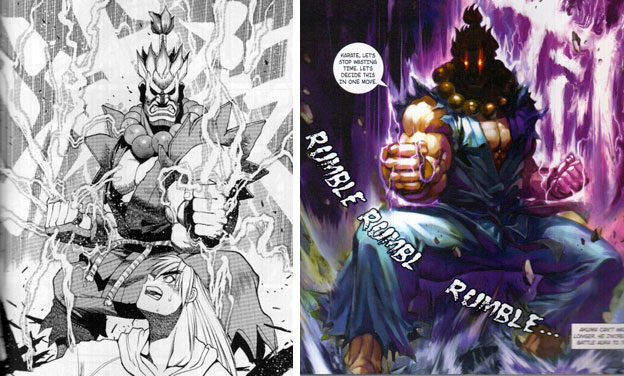
Masahiko Nakahira, the Japanese artist that created the Street Fighter Zero, Sakura Ganbare and Ryu: Final mangas was the one whose art was most often copied. In some cases the poses of the original art was mirrored due to the adaptation of the manga for Western audiences. The illustrations shown here should leave little doubt to comic and gaming fans as to how bold some manhua artists were.
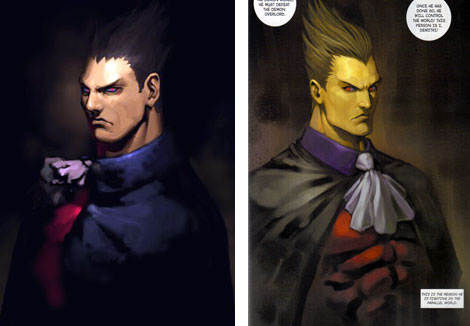
Even concept art from the developers, like Bengus' painting of Dimitry from Vampire / Darkstalkers, were not safe from poaching.
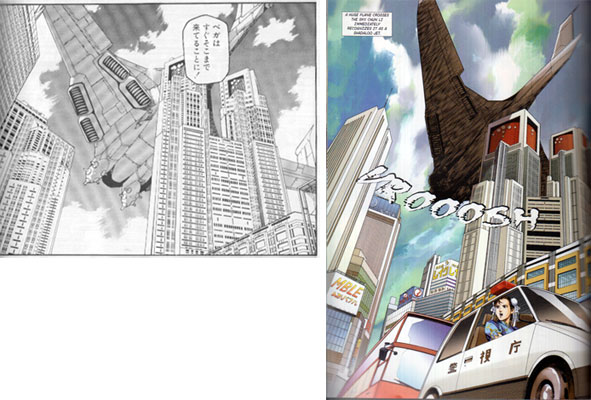
Mr. Shum would often take the most iconic poses from the manga and redraw them with different characters.
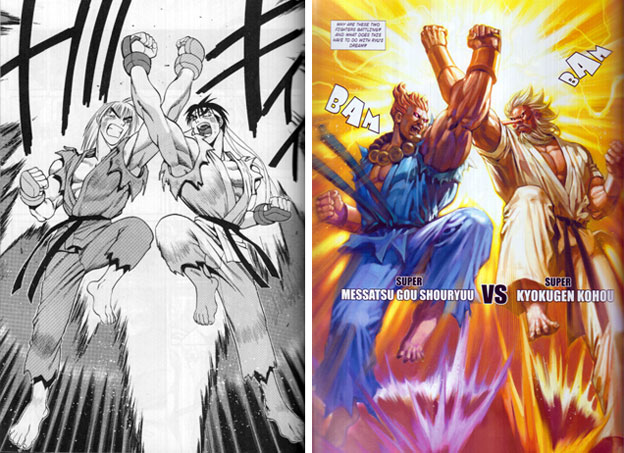
The paintings in SVC Chaos were very well done, in some cases spectacular. This series was worthy of collecting by die-hard fighting game fans just for some of the illustrations.
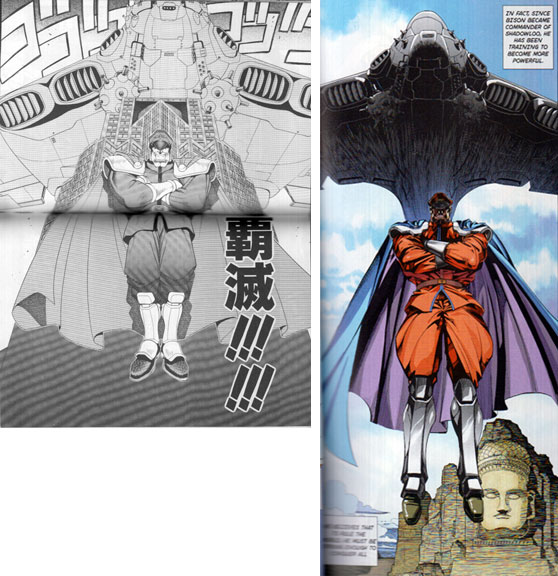
However it was shameless how individual panels were recreated in the series and characters were changed to fit the story.

SNK artist Shiro Ohno was not immune to the cannibalization of his work on Samurai Spirits either.
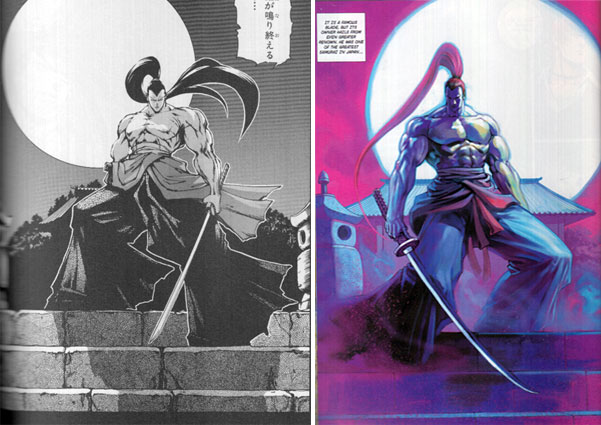
The manhua artists seemed obsessed with catering to the fans even at the cost of their own artistic integrity. It could have reflected the same obsessions that the public had when it came to brand identity and trendiness. For whatever reason the Chinese seemed to find the knock-off pieces acceptable as long as they could be passed off as good / better / less expensive than what inspired it. For the SVC books it could be argued that the "art" was better. The pages were in full color with many of the panels being painted. The Nakahira titles were strictly black and white ink drawings, albeit with completely original art.
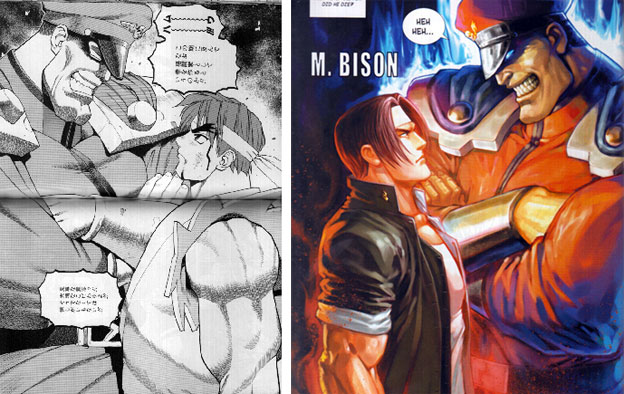
Take for example the famous stare down between Vega and Ryu from the Street Fighter Zero manga. It was recreated as a stare down between Kyo Kusanagi from the King of Fighters series and Vega from Street Fighter. The similarities were too hard to ignore. Perhaps the manhua artists were trying to exploit iconic poses for their own use. After all, if you are going to steal then you should steal from the very best, isn't that right arttronic?
Another question was whether these were a homage to the great artists and writers that came before and not meant as a blatant rip-off. The pose by Nakahira was actually a homage to two previous poses created by Capcom legend Bengus. Each earlier piece featured Ryu against a boss from the SF universe. Why would it be okay to call out the manhua artists and not the Japanese for doing these things? An earlier blog gave examples where Capcom poached character designs and special moves directly from Hokuto no Ken for Street Fighter II and Final Fight. Why was Capcom not held to task because of it? Perhaps it was never acceptable to swipe ideas whether the designers were Chinese or Japanese.
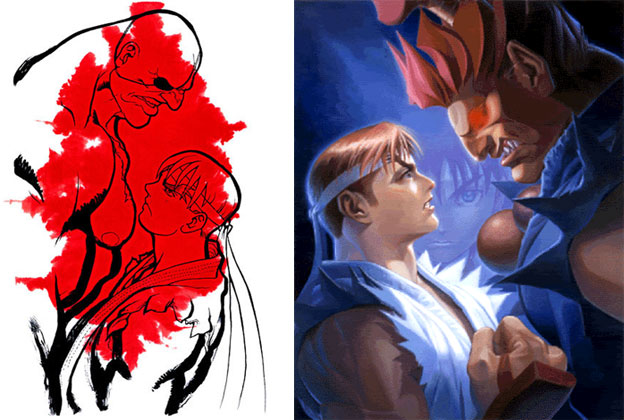
The trend of swiping art and design was not a one way street. Some comic book artists in the USA had copied from each other. Even the Japanese were not immune to this trend. C_Qube found some blatant ripoffs of Masahiko Nakahira's art by Masayuki Tagushi. Ryu Final was published in 1999 and Black Joke in 2010. The poses and frames between the comics were every bit as copied as the worst manhua offender.
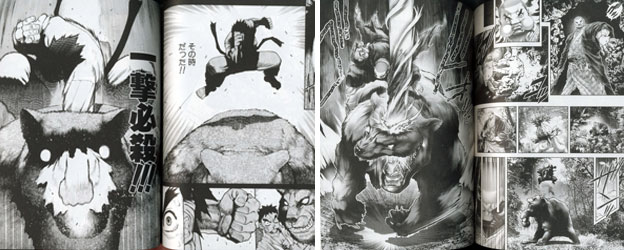
Some artists were simply influenced by the styles of particular illustrators and never meant their work to be interpreted as derivative of them. The artists working for Udon drew very much in the style of the Capcom designers, this made their titles highly sought after by fans of the SF universe. The same could not be said of the Malibu artists that had released Street Fighter comics in the style of US comic book artists. The US-produced SF comics and cartoons were universally panned because of their insipid art styles and characterizations. The most successful of these titles were the ones closest to the intent of the original designers at Capcom. For many of the Chinese artists the key to success was replicating the art verbatim.
Manhua adaptations of the SF titles did use a lot of copied poses, however they also included a lot of the more traditional manhua conventions. The start of this blog made it a point to show only the most obvious copies but that was not to say that the entire series of SVC Chaos was derivative. There were many great panels and sequences that were completely original in that series and other licensed fighting game manhua. It would be a disservice to the Hong Kong comics industry to say that there was nothing original in manhua, or that they did not have a share in influencing Japanese manga and by extension the Street Fighter universe as well. Manhua, like Japanese manga and US comic books was a unique format. It had its own idiosyncrasies, art styles and storytelling elements. There were many things that the manhua did that distinguished it from the other graphic arts formats.
A great manhua was a visual representation of a great action sequence, like a storyboard in a film. The things that made these fights entertaining would be repeated in fighting videogames. The defining elements in fighting manhua were; a great story, solid character designs, imaginative special moves and convincing character development. There were many things presented visually that predated the fighting game genre by decades. The fighters had access to special moves and techniques who were called stances. These stances were as diverse as any super power from a western comic book.

Some powers were based on energy projection, others on gathering of chi for impregnable defenses. The Bloody Duke from the Iron Marshal had a technique that allowed him to perform a sonic yell that disabled opponents at a distance. This powerful yell was based on a chi technique which supposedly allowed the practitioner to disarm and even disable an attacker with a yell. It would be featured in the wuxia brawling game the Gladiator as a special attack. Another character from the Iron Marshal was named the Exterminator. He had developed a chi-based technique called the “Carving Thumb” he could stop weapons with his thumb and even cut through marble with his bare hands.
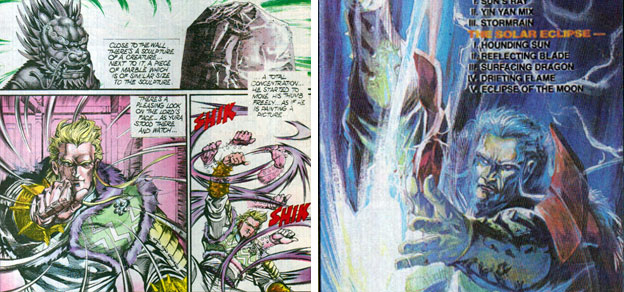
These stances were not used on every opponent the manhua characters faced. Weak opponents might only see the first stance while "boss" type characters could draw out the final stances. The villains usually had murderous techniques while heroes had equally powerful stances designed to negate them. These techniques were never used casually in battles or even for sparring.

When characters performed their special attacks they would call them out in a battle. In SF and most fighting games after, each character would also call out the names of special attacks as they performed them. This tradition was started in manhua.

Fights often went back and forth between the main characters in manhua. It was up to the writers and artists to convince audiences that even a minor hero stood a chance at defeating a major villain. If the hero was absolutely flawless in a battle and took advantage of every mistake their opponent made then they could accomplish the impossible. In actual SF videogame tournaments there were often memorable battles in which low tier characters could take out the top level characters because the player made no mistakes and capitalized on the mistakes of his opponent. In canon a character like Chun-Li was not powerful enough to defeat Gouki. If she were presented in a comic as fighting him on her very best day with all her strength and energy behind every attack then writers could convince readers that she could at least hold her own. In the game however she had a very good chance at defeating him depending on the player.
The fighters in manhua often talked about using a percentage of their strength for individual attacks or even how much strength they had remaining after a particularly difficult battle. These things predated the energy bars and super move bars used to keep track of stats in fighting games.
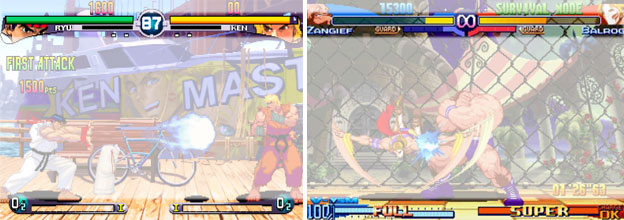
Some of the influences on fighting games were less subtle. The manhua and wuxia legends often held battles in exotic locations. Perhaps a hidden temple or secret monastery would serve as a backdrop for an encounter. During the development of Street Fighter II, the entire tournament was supposed to take place in a single location rather than be spread all over the world. Characters would climb higher and higher on the island local and fight the final boss at the peak of a mountain. Perhaps this secretive tournament and island was inspired by the island setting in the Bruce Lee film “Enter the Dragon.”
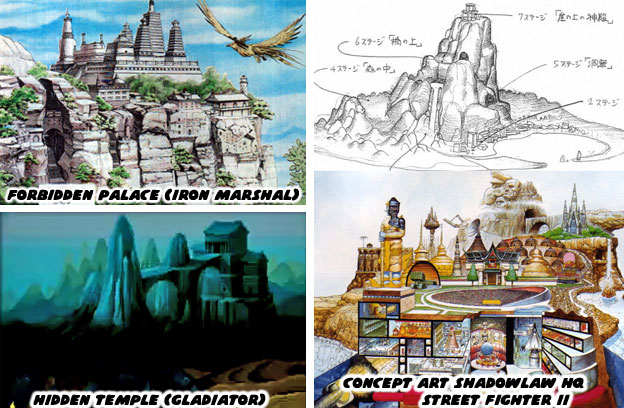
This island eventually became the inspiration for Shadowlaw HQ, the secret base of the SF II villains. It would be featured in the SF II animé movie.
The manhua titles were not all action without substance. There was a variety of reasons why readers were drawn to the titles. The characterizations were often very strong in the titles. The death of a hero, even somebody that only existed for an issue or two meant something to the main character. Deaths in manhua were not like deaths in western comics. When a character passed away that was it. There would not likely be a miraculous return, as was the case for many characters in US comic books. There would also not be anybody else introduced to fill that void.
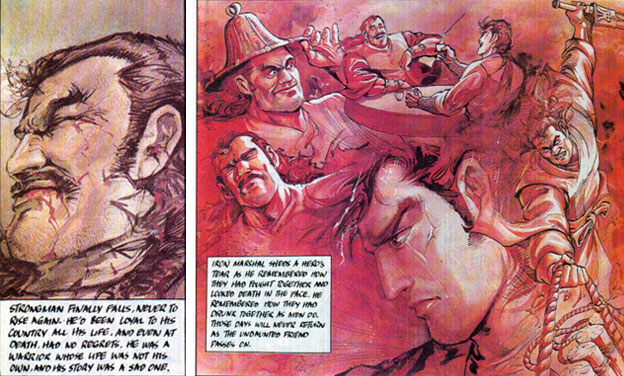
The main characters would be effected by these tragedies and by extension the readers would remember the characters when a reckoning came for the villains.
The stories were often violent and that element drew some readers. Yet it was the dark comedy that made them stay.
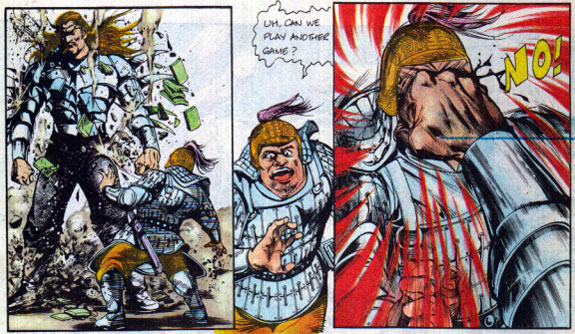
The violence was sometimes broken up by moments of awe or inadvertent comedy, like a cowardly soldier getting punched in the face by a villain. Other times the action was broken up by some witty banter or dialogue which revealed the motivation of the characters.
The designs of the main characters and villains were often very fantastic and over-the-top. Their influence could be felt generations later in other formats like games and film. Street Fighter was not the only game that had pulled influences from Chinese character designs.
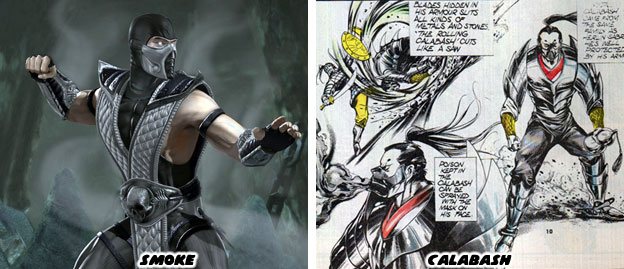
The universe that these characters inhabited was amazing. Not only could people perform impossible things but even animals could as well. The horse of the Iron Marshal was named Lion. This horse appeared to be a master of the light foot technique because he could even run across treetops.
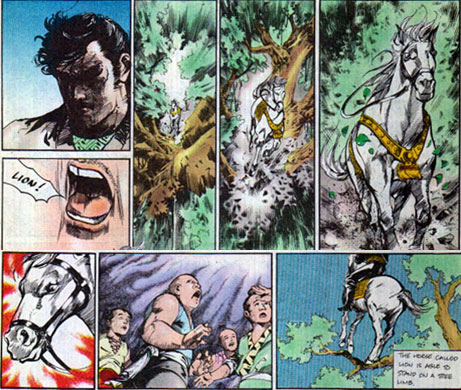
When these well designed, sympathetic / awe inspiring / funny / violent characters were incorporated into an action script then it was nothing short of the perfect entertainment format. For a “fighting” comic there was much more to the manhua than secret techniques and cool characters. The most memorable battles were not always on the printed page. The visual spectacle offered by motion pictures had completely changed the way people thought about the fighting arts. Many character and plot designs in fighting games were heavily influenced by Hong Kong cinema. Some of the designs were either subtly or blatantly based on characters that had come before. We will dig in more on this topic in the next blog. Were there any manhua books that you collected? Let me know in the comments section please. As always if you would like to sponsor me please visit my Patreon page and consider donating each month, even as little as $1 would help make better blogs and even podcasts!
